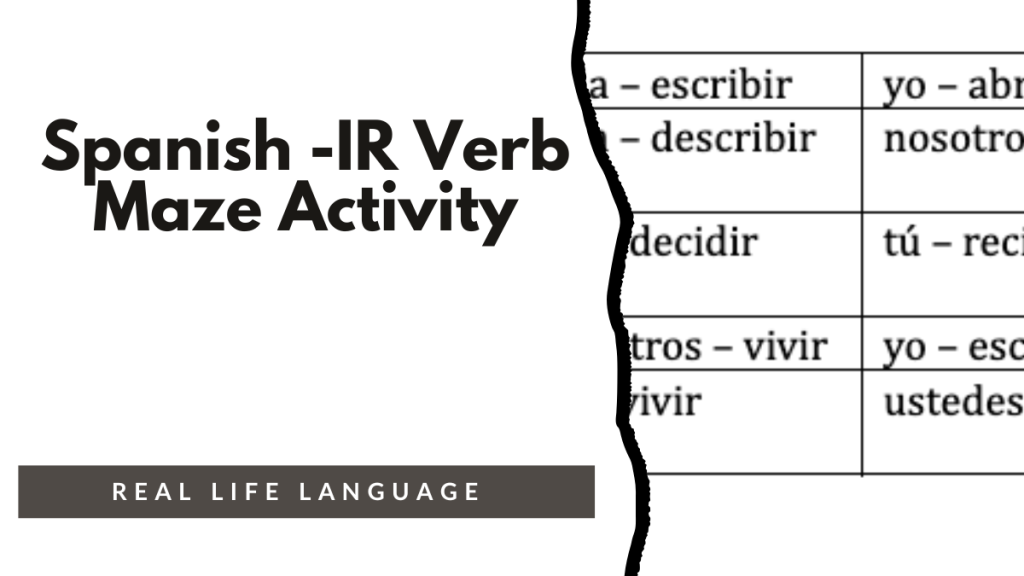Mastering how to ask someone their name and how to introduce yourself is one of the fastest ways to start speaking Spanish. Short, repeatable sentences plus a handful of real names are all you need to build confidence and begin simple conversations.
Why names are a great place to begin
Names are concrete, memorable and personal. Asking and answering about names uses a small set of verbs and structures that repeat naturally. That repetition — combined with meaningful context — is the heart of comprehensible input Spanish. Practice the same patterns with different names until the forms feel automatic.
How to ask “What’s your name?”
There are a few common ways to ask someone’s name in Spanish. Use the informal form with friends or people your age, and the formal form when speaking to strangers, elders or in polite situations.
- ¿Cómo te llamas? — Informal. Literal: “How do you call yourself?” Pronunciation tip: koh-moh te yah-mas.
- ¿Cómo se llama? — Formal. Use when addressing one person politely. Pronunciation tip: koh-moh seh yah-mah.
- ¿Cuál es tu nombre? — Informal, slightly more literal: “What is your name?” Pronunciation tip: kwahl es too NOHM-breh.
- ¿Cuál es su nombre? — Formal version. Pronunciation tip: kwahl es soo NOHM-breh.
Quick note on formality
In Spanish, choosing between informal tú (te/tu) and formal usted (se/su) matters. When unsure, play it safe with the formal forms or follow the other person’s lead.
How to answer: common ways to say your name
Here are natural responses you can use. They are short and easy to memorise.
- Me llamo [Nombre]. — “My name is [Name].” Pronunciation: meh yah-moh.
- Mi nombre es [Nombre]. — “My name is [Name].” Pronunciation: mee NOHM-breh es.
- Soy [Nombre]. — “I am [Name].” More informal and common in introductions. Pronunciation: soy.
Sample dialogues
¿Cómo te llamas?Me llamo Penelope.
¿Cómo se llama usted?Me llamo Antonio.
¿Cuál es tu nombre?Mi nombre es José.
Practice with real names
Use the following names to practise both asking and answering. Say each exchange out loud, swapping names and roles.
- Penelope
- Antonio
- Don Quixote
- Javier
- Juan Carlos
- Rafael
- Benito
- Diego
- Salmo
- Laura
- Fidel
- Fernando
- José
Examples:
- ¿Cómo te llamas? — Me llamo Laura.
- ¿Cómo se llama él? — Se llama Rafael.
- ¿Cuál es tu nombre? — Mi nombre es Don Quixote.
Simple classroom or solo activities
- Flash drill: One person asks ¿Cómo te llamas? and others respond quickly with different names.
- Pair swap: In pairs, role-play meeting for the first time using formal and informal forms.
- Write and say: Write five introductions using Me llamo, Mi nombre es and Soy, then read them aloud.
- Listening practice: Listen to someone say a name and repeat exactly the same phrase to improve pronunciation and rhythm.
Pronunciation tips
Focus on rhythm and natural flow more than perfect individual sounds. Common pitfalls:
- Don’t over-emphasise the h sound; Spanish h is silent in most dialects.
- Roll the r in names like Rafael and Fernando when appropriate.
- Keep vowels short and clear: a as in father, e as in pet, i as in machine, o as in not, u as in moon.
Culture and variations
People often use nicknames in casual contexts: Javier becomes Javi, José becomes Pepe or José. If someone offers a nickname, it signals friendliness. If you are introduced formally, use the full name unless invited to use the nickname.
Final tips for steady progress
- Repeat short exchanges many times with different names.
- Use both informal and formal forms to feel comfortable switching registers.
- Practice aloud and with a partner whenever possible.
Building Proficiency for World Language Learners: 100+ High-Interest Activities
Discover over 100 dynamic activities to make world language learning interactive and fun. I wrote this book with some of my favorite activities for educators aiming to build proficiency with high-impact strategies.
Learn more and get your copy here.
5 Weeks of No and Low Prep Fun
Need quick, engaging activities for your class? This free guide includes 25 no-prep and low-prep ideas to save time while keeping students excited about learning.
Download your free copy now.

